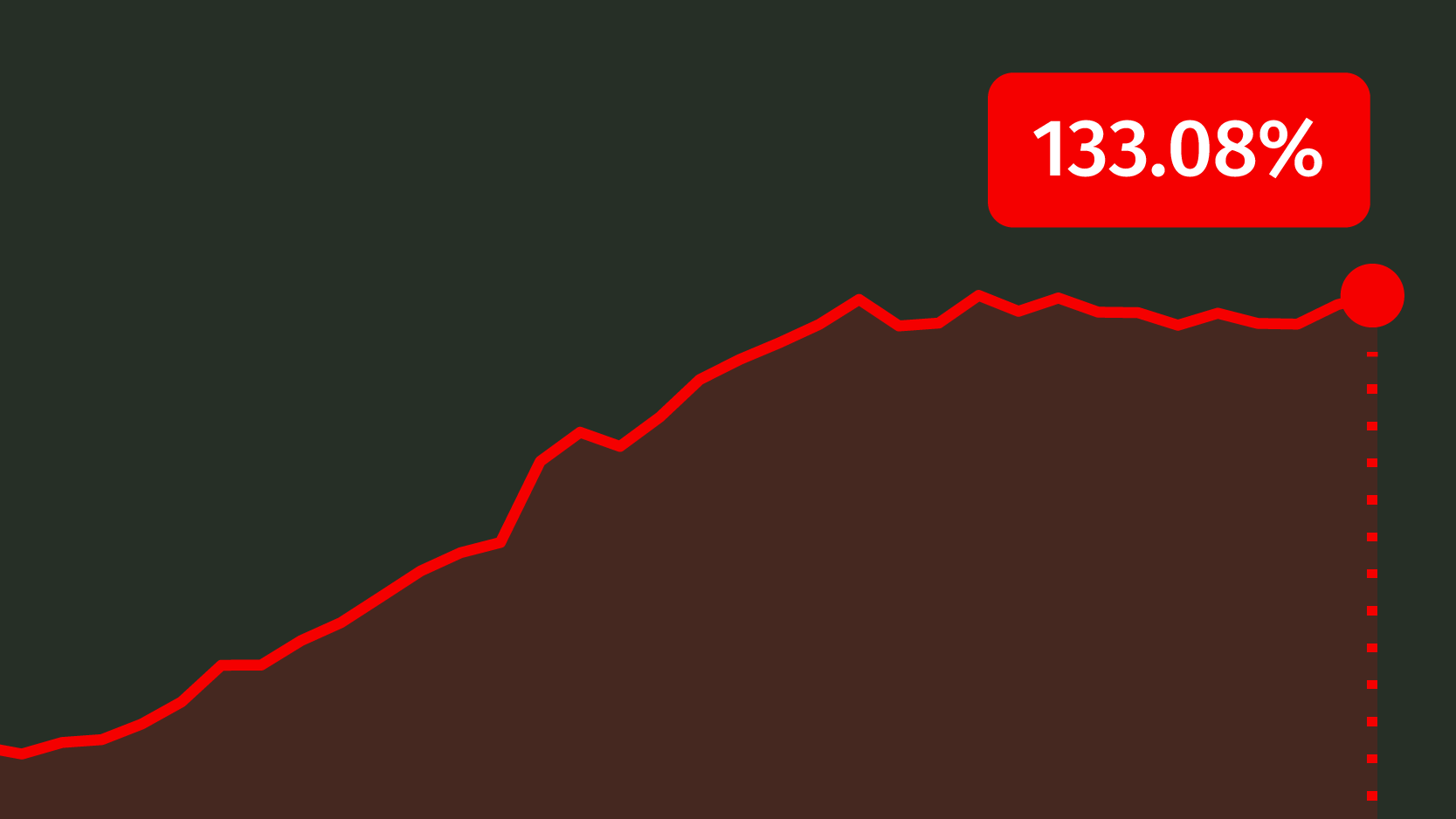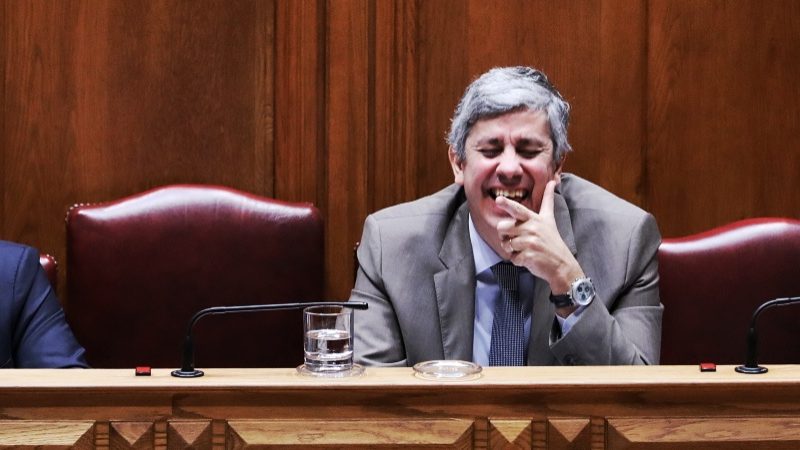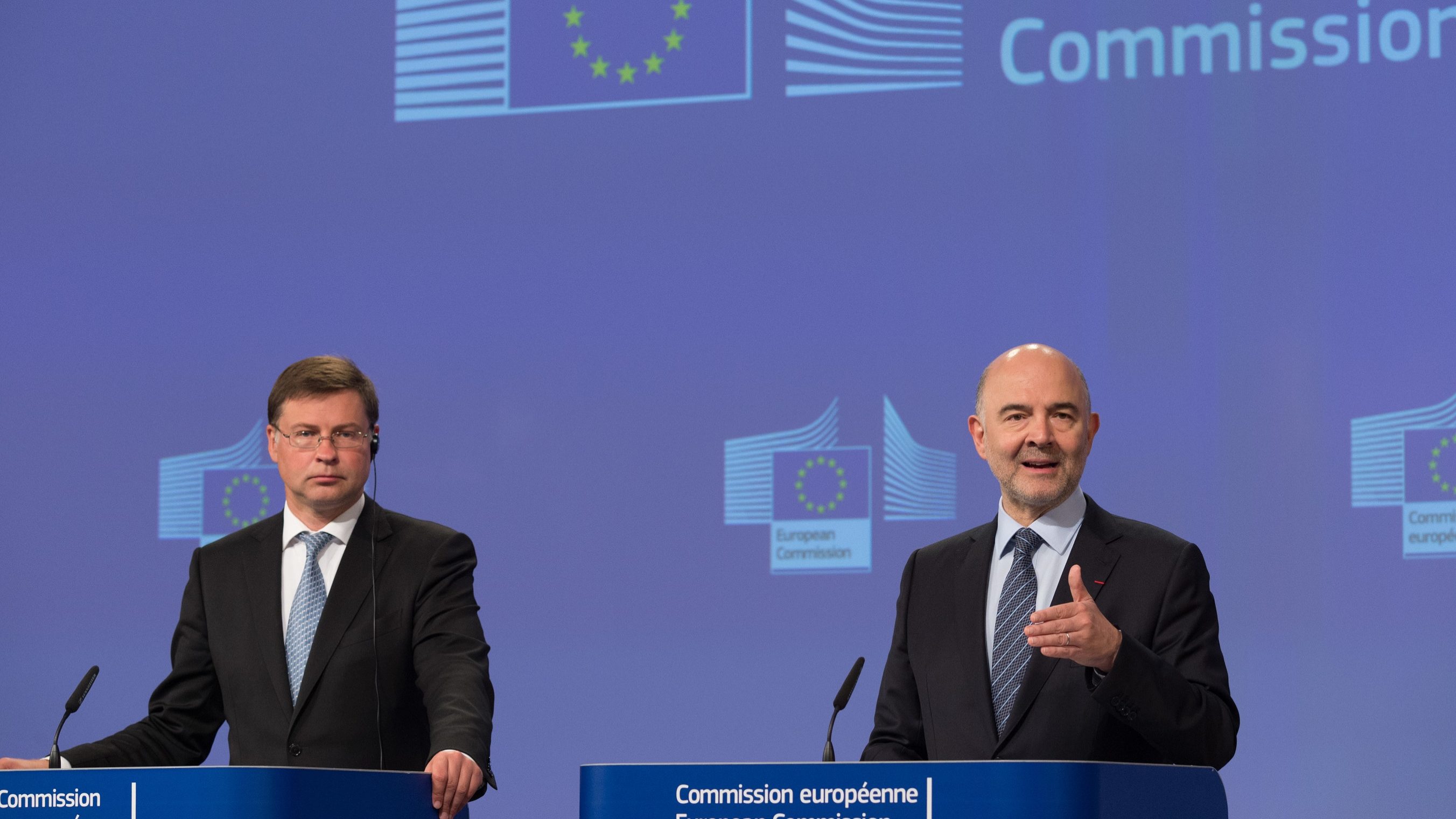CGD: postponing capital injection helps, but does not assure Portugal will leave the EDP
The EC’s decisions are always based on rules, and the problem is there are rules for everything. In order for Portugal to leave the Excessive Deficit Procedure, INE may give a helping hand.
Mário Centeno, minister of Finance, has decided to postpone to 2017 the capital injection for Caixa Geral de Depósitos (CGD). This decision helps maximize Portugal’s chances of leaving the Excessive Deficit Procedure (EDP) next year, but that goal is far from being assured – even if this year’s deficit remains at 2.4% GDP, as the Portuguese government has predicted. This uncertainty comes from the fact that two and two do not always add up to four when Brussels is doing the math.
“It makes sense to postpone it [CGD’s injection of public capital] to 2017. Firstly, because it increases and consolidates the chances of leaving the EDP right this year; secondly, because the government will only know exactly how much money it will take to recapitalize the CGD when the 2016 results are disclosed”, states a source from Brussels to ECO. This second motive was stated yesterday by Ricardo Mourinho Félix, state secretary for the Treasury, explaining that, in a first instance, the government wants to fully ascertain the impairments and register them in the 2016 accounts.
Once a country has entered the Excessive Deficit Procedure, leaving is neither easy nor automatic. In a simplistic manner, once can say a country leaves the EDP when they are able to place their overall deficit below 3% GDP, the limit imposed by the EDP. This is the claim used by the Portuguese government to assure the country would leave the Procedure this year. But for the European Commission, nothing is that simple.
Two key indicators for the EDP

Given the uncertainties of the impact – and the size of the potential impact – injecting public capital would have on the Portuguese deficit, not carrying out that injection increases the chances of maintaining the deficit lower than 3%. For example: if CGD’s recapitalization would take part in the deficit (2.7 billion euros in public capital), the ratio would increase to 3.9%.
But the Stability and Growth Pact sets out that the deficit projections of the time frame considered by the EC must point to the maintenance of a percentage below 3%. So far, the ECs Autumn Forecasts expect a 2.2% deficit in 2017 and 2.4% in 2018; however, these values do not include any impact resultant from CGD’s recapitalization.
In order to help ponder the decision, the European Commission must consider the guidelines for interpreting the Stability and Growth Pact clarified in a letter by Olli Rehn, former commissioner for Economic and Financial Affairs, on October 9, 2013. On the spring of 2017, Portugal will fall into one of the three situations Rehn described in his letter: in order for a country to leave the EDP, the deficit correction must be less than 3% in order to be lasting and, therefore, a capital injection may delay leaving the Procedure.
If there is, indeed, an impact on the deficit, Portugal will either leave the EDP, or it will not. If the country does indeed leave in 2016, it will not return in 2017 due to the CGD; but even if postponing the recapitalization enhances the chances of leaving, if Brussels considers it will harm the evaluation made by the corrective arm of the Stability and Growth Pact, they will not ignore it.
"If there are risks or uncertainties about the durability of the corrected deficit achieved, or any doubts concerning the statistical report of any operations, the country may be unable to leave the EDP.”
Moreover, there is also a timing issue with CGD’s capital injection that can trouble the Commission’s assessment. Usually, the decision to leave the EDP is made in spring, after the Commission has wrapped up its predictions, in the European semester. According to what was stated by the state secretary for the Treasury, the injection may only come to happen after March.
If that is the case, the only way to potentially decrease the uncertainty over the dimension of the impact on the deficit before the injection is completed is to ask the Portuguese National Statistical Institute (INE) to request an early guidance to Eurostat about these types of operations. Eurostat has the final saying on the registration of the operation and it must only officially do so in the spring of 2018. If they consider the operation to be very complex, they can approve the numbers presented by INE, hold a technical mission in Portugal and only after that, in the fall of 2018, will they be able to definitely approve the accounts.
It all depends on whether or not CGD’s operation has been clearly announced, on the judgement made by commissioners on the issue and on the 2017 fiscal deficit projections, excluding that effect. In order to make a proper analysis, the Stability Programme, which the government needs to hand in to Brussels by the end of April, should be conclusive for that decision: by means of that document, the Portuguese government will be able to demonstrate the path to economic consolidation is lasting and stable and that CGD’s operations should be perceived as an extraordinary and temporary happening.
Although it is not the right timing for the Commission to make a decision, if INE requests the said early guidance and if Eurostat’s preliminary assessment is favorable, it could help increase the positive arguments for leaving the EDP. But the answer to whether or not Portugal will leave the Excessive Deficit Procedure is still “it depends”. The Commission may even decide to wait a bit longer, while continuing the evaluation of the country within its preventing arm, a source disclosed to ECO.




